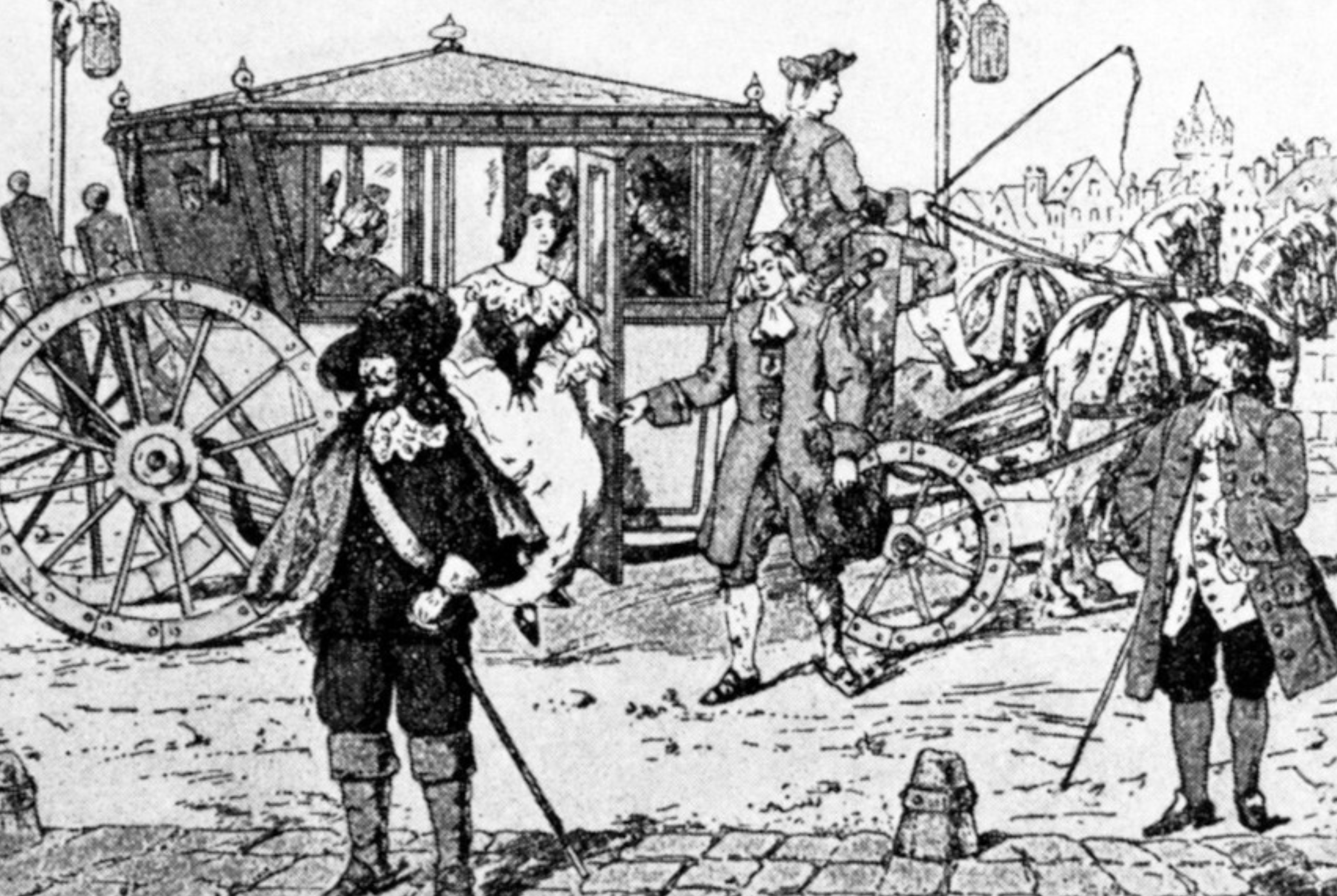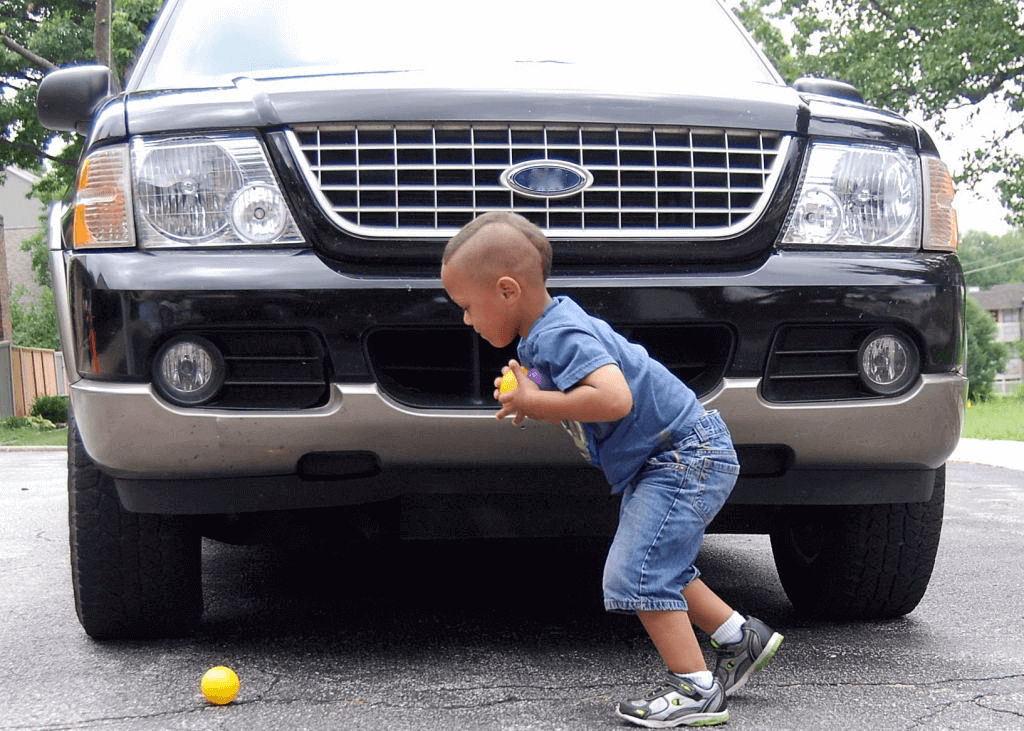 How much various Boston area neighborhoods are spending on total household transport and housing bills. (Graphic: Center for Neighborhood Technology)
How much various Boston area neighborhoods are spending on total household transport and housing bills. (Graphic: Center for Neighborhood Technology)Boston mayor Thomas Menino joined Rep. Stephen Lynch (D-MA) today for the release of a new Urban Land Institute (ULI) report that maps the combined housing and transportation burden of living in the metro area's various neighborhoods.
Using a method similar to the "H+T" cost index unveiled last month with the support of Obama administration officials, the ULI report calculated how Bostonians' area of residence affected their commuting and housing costs. Overall, the ULI found that the average Boston household spends 54 percent of its annual income, or $34,300, on housing and transportation.
Not surprisingly, the center city was found to be a hotbed of lower transport spending, thanks to denser development and a thriving transit system -- and when housing and transport bills were combined (see above chart), the city remained a more affordable option than any of the suburbs in its immediate vicinity.
The ULI was careful to note that lower "H+T" costs in the center of Boston were made possible by more than just walkable urban design. From the report (emphasis mine):
Combined costs in the City of Boston and Route 128 subregions appear to be among the lowest in the study area, but this is partly due to the unusually high share of renters in these areas. Average housing costs for both renters and owners in these communities are very high, but since a relatively high share of households in the City of Boston (62 percent) and Route 128 (45 percent) subregions rent their homes, and since renting is typically less expensive than owning, average housing costs appear to be lower than expected.
The trend of rental housing improving the bottom line of urbanites would seem to invite stronger federal and local support for affordable rental properties. But as the Government Accountability Office (GAO) reported last year, public housing options near transit service are at risk of being re-priced out of the range of lower-income residents in 11 U.S. cities.
The GAO also pointed to the lack of reliable federal data as an obstacle to the promotion of more transit-oriented affordable rental housing. So far, local media coverage of the ULI report has focused on its illustration of the high cost of suburban living, but lawmakers from center-city Boston could find a potent argument for expanded rental availability within the ULI's data sets.




